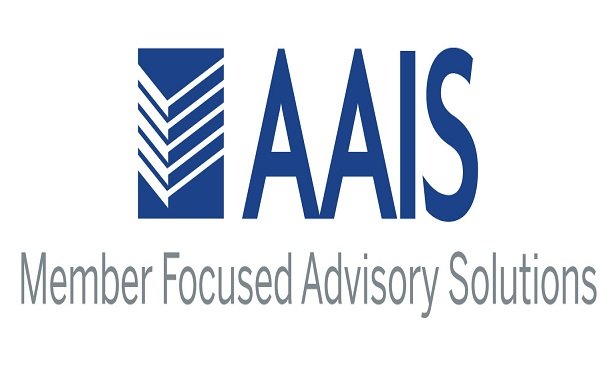Many industry observers consider Solvency II to be a worthyattempt by European regulators to forge a more uniform approach tosafety and soundness supervision. Its impact extends beyond Europe:It has influenced global-standard setters at the InternationalAssociation of Insurance Supervisors and—though some of my formercolleagues might dispute this—has even had an impact here in theU.S. at the National Association of Insurance Commissioners(NAIC).
Seerelated blog: U.S. ORSA: What's Next?
That said, many people, particularly at the NAIC, have voicedconcerns that Solvency II so far is largely a theoretical exerciserather than a tried and true regulatory regime (notwithstandingcertain countries that already have moved to risk-based regulatoryframeworks, such as the UK, via its Individual Capital AdequacyStandards regime). The European Commission's willingness to developa full regime largely on paper differs from the NAIC's approach of“tweaking” the U.S. regime via the Solvency ModernizationInitiative. Moreover, timelines for its completion have beenextended several times—and it is fair to say that Solvency II stillhas a long way to go before it is final.
|Compounding this lingering uncertainty about Solvency II'sdetails is even greater and more existential concern about Europeanstrategies to overcome sovereign-debt issues in the face of aregional economic slowdown. In France, the region's second-largesteconomy, consumer confidence has recently sunk to its lowest levelsince October 2008. In Italy, the Eurozone's third-largest economy,the coupon on 10-year notes once again has eclipsed the thresholdwatermark of 7 percent—and recent Italian unemployment datareinforces this negative trend. And Germany, the largest and mostrobust economy in the Eurozone, saw retail sales dip for the secondstraight month and factory orders decline, both of which indicateit is not immune to the wider continental malaise.
|What might the fragile state of affairs in the region and thesovereign-debt crisis mean for insurers domiciled or doing businessin Europe? Notwithstanding the UK's reluctance to sign on to a newEU membership treaty in early December, a spirit of unity continuesto persist among members. However, considering the challengesconfronting each nation, it is reasonable to question how long thiswill prevail. At what point do macro-economic pressures become sogreat that other objectives, like a single European currency, aresacrificed in the name of economic survival, political stabilityand other priorities?
|From a more practical perspective, can sovereign debt continueto be classified as Tier 1 capital or be deemed risk-free? How willthe persistence of a low-interest-rate environment impactasset-liability management techniques and the pursuit of higheryields on savings-related products? Does the discounting oftechnical provisions at such low rates of interest, when they aresubject to a risk margin on top of a genuine best estimate,actually result in higher levels of reserves than under anundiscounted basis?
|Considering the economic uncertainty that continues to plaguethe Eurozone, insurers and regulators should be prepared forcorresponding effects on Solvency II's development andimplementation. As a former regulator, my experience is this: Aregulator's first and primary duty is to the local market, and asan appointed official, you have a boss (governors, taxpayers, etc).You are sometimes compelled to take a narrow, territorial view,which can limit any esprit de corps or cooperativearrangements among peer governments.
|With this in mind, it would not be terribly surprising for moreimmediate priorities, such as those related to the European economyand the state of the single currency, to be of primary importanceto Eurozone nations. The Eurozone and the single currency are atenough risk that Solvency II's final technical rules may well needto change and its implementation be deferred even further.
|Henry Jupe, Jean Connolly and Mary Ellen Coggins contributedto this article.
Want to continue reading?
Become a Free PropertyCasualty360 Digital Reader
Your access to unlimited PropertyCasualty360 content isn’t changing.
Once you are an ALM digital member, you’ll receive:
- All PropertyCasualty360.com news coverage, best practices, and in-depth analysis.
- Educational webcasts, resources from industry leaders, and informative newsletters.
- Other award-winning websites including BenefitsPRO.com and ThinkAdvisor.com.
Already have an account? Sign In
© 2024 ALM Global, LLC, All Rights Reserved. Request academic re-use from www.copyright.com. All other uses, submit a request to [email protected]. For more information visit Asset & Logo Licensing.








